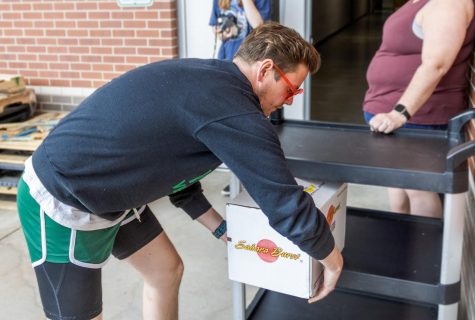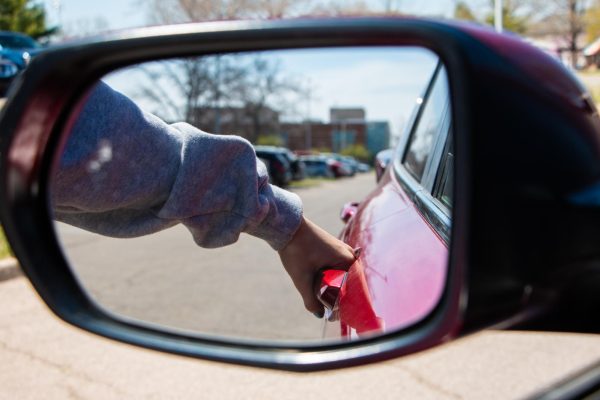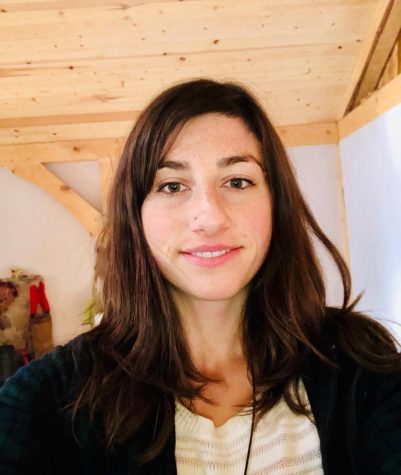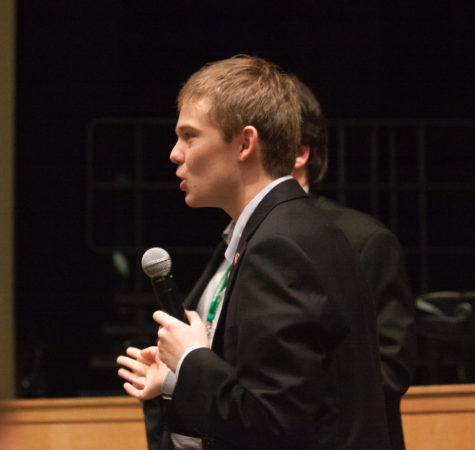Musicians prepare for district and state competitions
Making music, sophomore Teagan Ryan plays his cello alongside his classmates. Ryan is in concert orchestra, under the direction of one of the new music teachers, Mr. Shaw. “It’s a lot of fun, he’s really nice,” Ryan said.
Every school day, students bustle through the halls with their earbuds blasting, completely captivated by their choice of music. If at any given moment every song playing were suddenly exposed, it is highly likely that the most popular songs on the charts will be found. Although the latest hits often heard on the radio are constantly floating around the ears of students, there will always be one kid in the hallway listening to Capriccio Italien by Tchaikovsky or O Salutaris Hostia by Erik Esenvalds.
Exposure to classic musical literature often comes only from electives including band, choir, orchestra, and music theory. Although the exposure to this style of music is small, the impact it has on those who listen is enormous. Listening to and playing music dating back to the 1600s gives young musicians a taste of history that reading a textbook could never allow them to experience.
Playing music is not only a way to connect people with musical prodigies of the past, but it is an outlet for expression and provides something for students to be passionate about.
“One thing that our choir director always says is ‘going to concerts is free therapy,’ and I feel that really strongly with making music as well,” senior Maggie Carttar said. “[Making music] is just a really good, creative outlet for any person to express themselves and challenge themselves in a really uncommon way.”
[District and state choir] gave me a goal that I saw as challenging and exciting and really desirable, which just made me work harder as a musician when it came to practicing and caring about it.
— senior Maggie Carttar
Carttar attended the Kansas Music Educators Association (KMEA) district and state choirs last year. She sang at district choir again this year, and was recently announced to have made the 2016 state choir which will take place in late February. These achievements do not come easily, and in order to attend district and state choirs, bands and orchestras, one has to go through a difficult audition process.
“You’re taken away in lines, section by section, and you stand along a hallway for a long time. You can hear the people in the room singing, and that’s a little nerve wracking,” Carttar said. “After you sing your prepared pieces in the first room, you go down another hallway to this second room where you sight sing, and then after that you get to worry about how you did.”
For musicians like senior Angela Gao who has made both the district and state orchestra for the past two years, the audition process is slightly different. Along with playing a prepared excerpt and sight reading a song, those aiming to make the district and state band, jazz band or orchestra also perform a chromatic scale and a scale chosen by the judges with up to four flats or sharps.
“I think the main thing that everyone likes about the orchestra audition is that it’s blind, so you can feel a little better knowing that you don’t have to make eye contact with the judges,” Gao said. “They cut at least half the [auditioners]. It’s very competitive.”
A blind audition allows students to audition without the judges ever seeing them or knowing their name or gender. Although blind auditions tend to be less stressful than regular auditions, nerves are still a factor.
“Usually I would at least run through (my audition) for maybe an hour every night. It seems a little extreme, but with string instruments and band instruments, no matter how much practice you do, if you get there and you are not over prepared you will just completely forget everything,” Gao said. “A lot of work gets put into this.”
Hard work is common among the band, choir and orchestra students of Free State and many schools surrounding Lawrence, making the northeast district of Kansas one of the most competitive. Scoring a spot in the northeast district band, jazz band, choir or orchestra can often times be more difficult than earning a spot at state due to the high levels of musicianship in this district.
Because of the daunting challenge and difficult music, some students may have trouble being motivated enough to audition for district and state; however, Carttar believes the challenge increases her motivation.
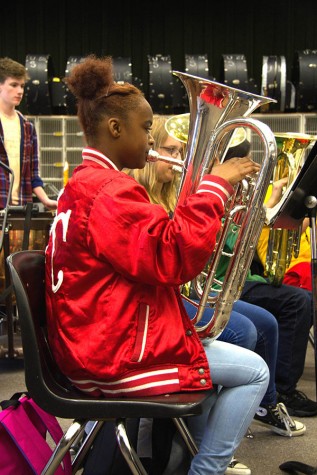
Playing the euphonium, Britney Linnear focuses on her next tune. Over the course of the year, students learn various songs and jingles to play for their upcoming concerts.
“[District and state choir] gave me something to work for,” she said. “It gave me a goal that I saw as challenging and exciting and really desirable, which just made me work harder as a musician when it came to practicing and caring about it.”
Although gaining a spot in a district band, choir or orchestra is as much of an achievement as scoring a spot at the state level, there are numerous differences between the two experiences.
“District is a one day experience with a clinician, but state is more of an ordeal in that you spend multiple, long days rehearsing and staying in a hotel. It’s more foreign and more intensive than district,” Carttar said.
Members of state band, jazz band, choir and orchestra gather in Wichita for three days of practice and preparation. Students spend hours rehearsing, seeing live music performances, meeting new people from across Kansas and growing musically.
“State is a really nice experience to be immersed in music,” Gao said. “You get to see what a real symphony setting is like, and it prepares people for professional music.”
District and state provide opportunities for young musicians to discover how they feel about music as a career. Some students walk away from district and state with a newfound passion towards music performance, music education or, simply, pursuing music as a pastime.
“I want to continue playing in an orchestral setting. I don’t really have career plans for it, but it’s in my future,” Gao said.
On a similar note, Carttar plans to continue making music as she creates a new chapter of her life in college.
“I want to continue singing wherever I go. I don’t plan on going into music as a career, but it is definitely a lifelong passion of mine that I know will continue in my life,” Carttar said.
Music provides students with a source of education, passion, and life altering experiences, but Gao believes music also brings people together.
“Music involves so many different things. It builds connections with other people. In an orchestral setting and a musical setting, you have to make connections with people,” Gao said. “Music is a team sport.”


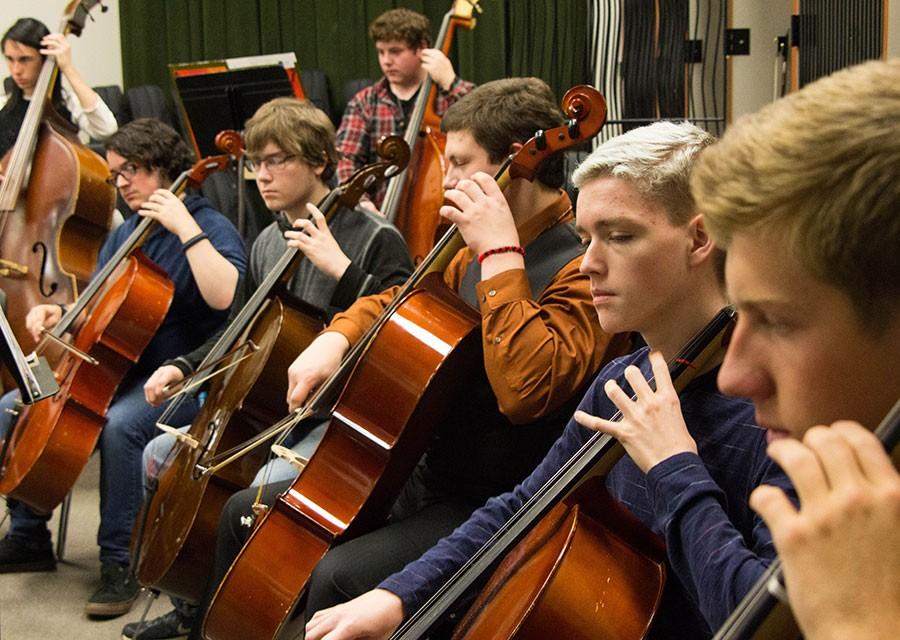
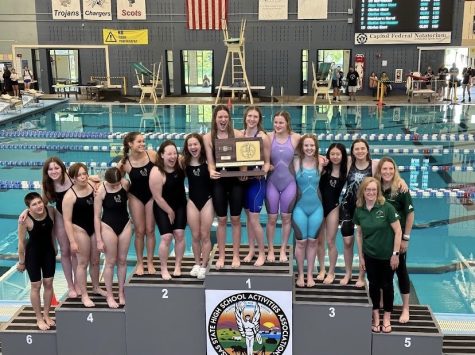
![After receiving advice from her students, orchestra director Judy Erpelding marks her music. Although the director normally makes the artistic decisions, Erpelding will often consult her students and hear their opinions on what sounds good and what they should try out. “[The students] are the heart of the program, not me,” Erpelding said. “I know they will carry that on and I will miss them. Making great music with them, being able to challenge them, taking their inspiration.”](https://www.fsfreepressonline.com/wp-content/uploads/2023/05/Roust_Erpelding_5_11_23-317x475.jpg)
